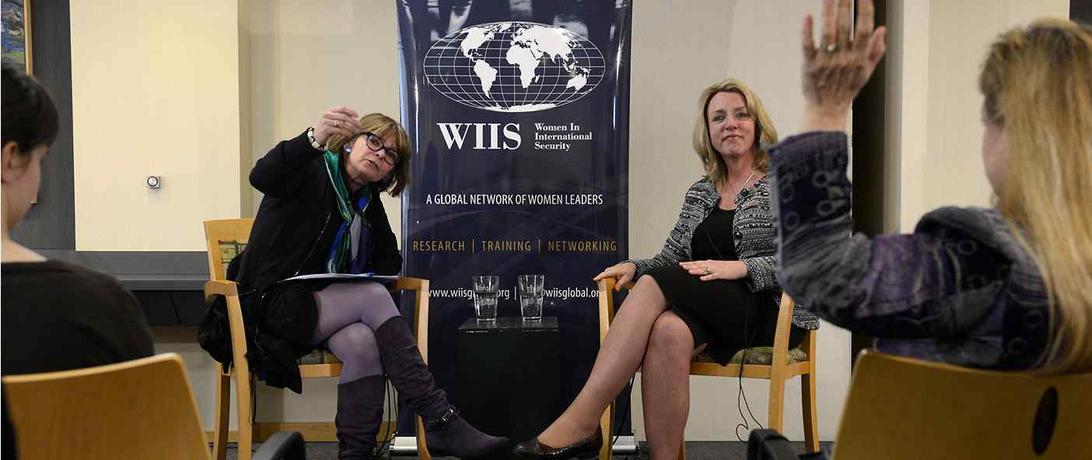Last week, on June 20th, the House of Representatives passed the Women, Peace and Security Act with unanimous support. Now more than ever, the five datapoints listed below will be an invaluable resource for anyone working on the Hill.
As a Women, Peace and Security-focused program, our blog unsurprisingly tends to be dominated by gender, with issues ranging from the importance of utilizing a gender perspective, to specific ways the House Foreign Affairs Committee can incorporate gender into U.S.-Africa relations. In writing posts like these, our goal is to provide simple and accessible tools to empower our readers, and encourage them to be mindful of the differences (and here we mean differences both in strengths and in challenges) between women and men.
Earlier this year, New America conducted an extensive study titled A Guide to Talking Women, Peace and Security Inside the U.S. Security Establishment. In the course of their research, the authors made an unfortunate, and for many of us, maddening discovery: when confronted with the question of whether “national security policymakers consider the ways policies and programs impact men and women differently,” the overwhelming response was, “not very much.”
However, New America also deduced that this lack of a gender perspective fortunately did not arise out of a lack of interest. Rather, the individuals they surveyed lacked the knowledge and confidence necessary to tackle gender – an issue that can often times feel overwhelming. We hope that our readers will always be able to use our website as a resource for exactly this kind of information and support.
Organizations like New America are also doing wonderful, valuable work in this field, as the recommendations included in their Guide make clear. In addition to more lengthy analysis, the Guide provides condensed recommendations for policymakers and supporting staff alike. In sharing information about the role that gender can and should play in our national security strategy, we stand not only to educate ourselves and our leaders, but to secure peace and stability worldwide, too.
Here are New America’s “five gender datapoints every national security professional should know (and be ready to share)”:
1. Women’s physical security is one of the best predictors of conflict and societal violence.
2. Peace processes in which women participate, as mediators, negotiators, and interest groups, have significantly better prospects than processes from which women are absent.
3. Gender and gender roles play a key part in moderating—or exacerbating—extremism.
4. Multiple studies show a direct relationship between women’s decision-making power on issues of peace and conflict, and the likelihood of societal violence.
5. Private sector experience, from corporate boards to management teams to business school theory, parallels observations on value of diverse teams and gendered perspectives for durable outcomes.
A more portable, PDF version of the report is available for download here.
